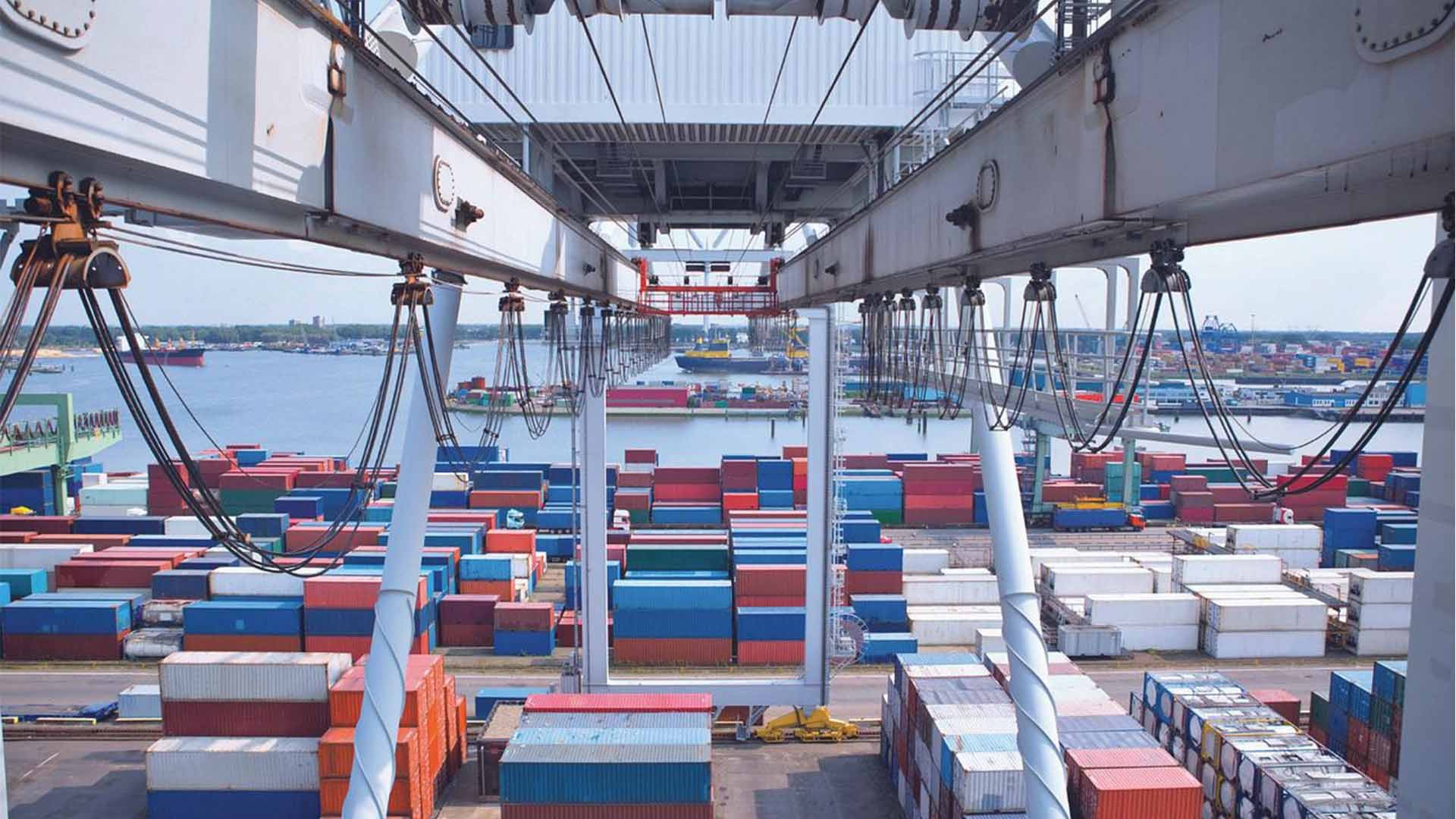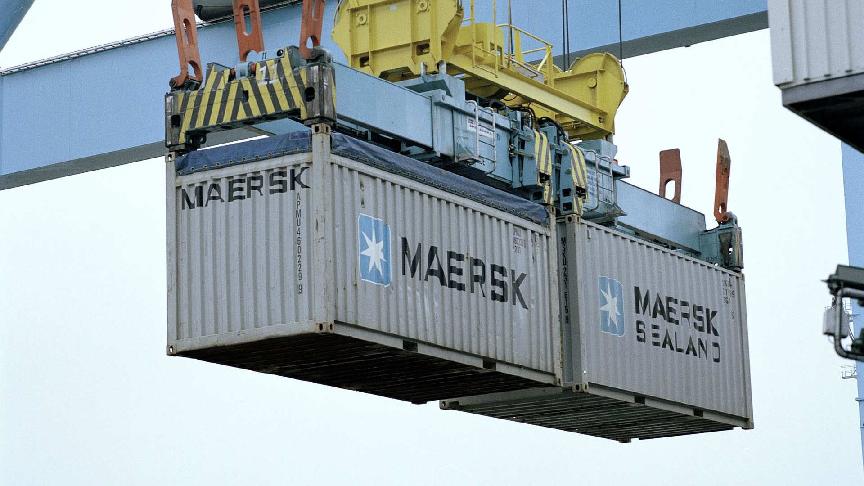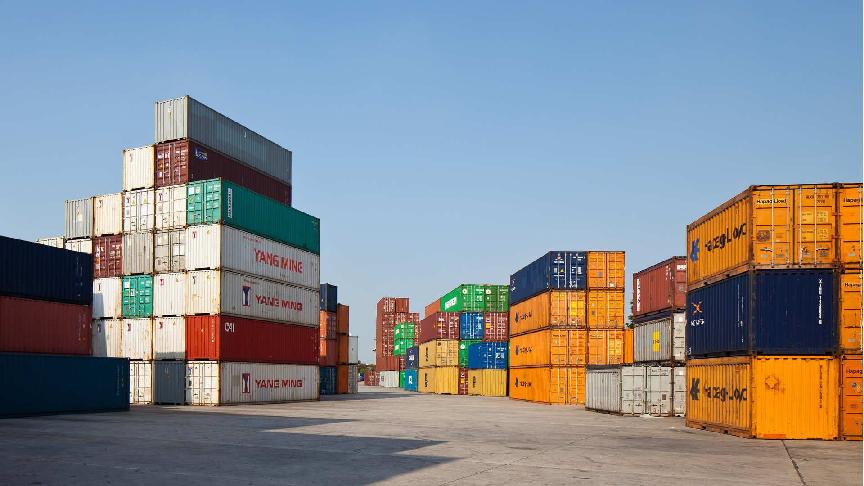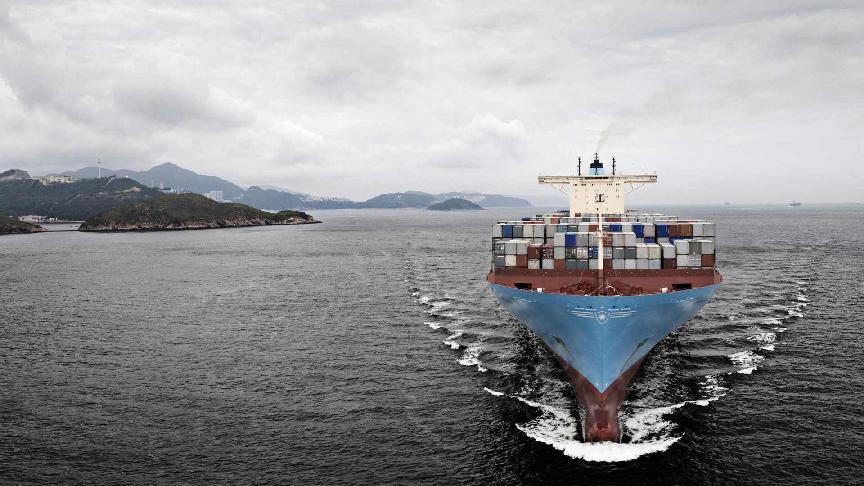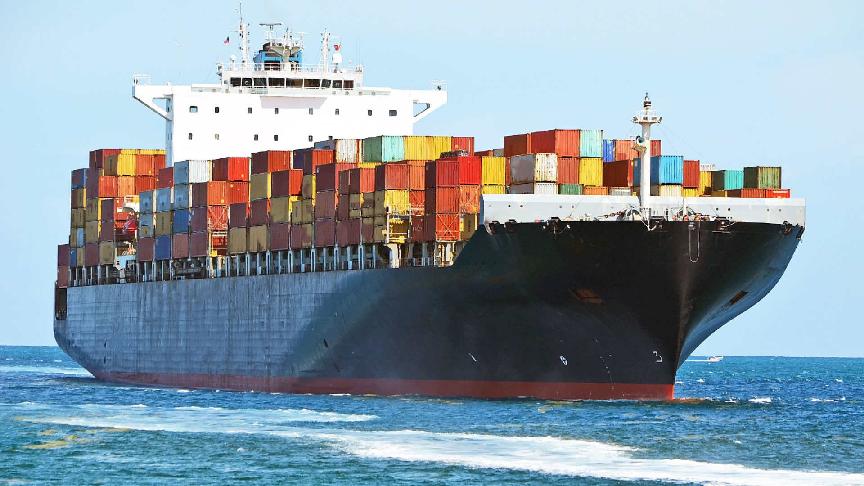EUROPE needs to start investing in its port infrastructure more seriously, not only to relieve congestion, but to build strategic resilience.
That was the message Maersk chief executive Vincent Clerc had at the official opening of APM Terminals’ new Rijeka Gateway site.
The site was developed after APMT won a 50-year concession for the terminal. Its current capacity of 650,000 teu will serve not only Croatia, but also Hungary, Slovakia and other southeastern European nations in its hinterland.
“This terminal is important for Croatia, but not only for Croatia,” said Clerc.
“It matters for all of Europe. Across our continent, port capacity is scarce.”
He said investment in infrastructure had to “keep pace with the growth of trade, the demands for greater efficiencies and the changing geopolitical realities that we face every day”.
“Europe must manage ports as the critical strategic priority that they are, and take a more deliberate, unified approach” to port infrastructure, he said.
This has been a growing theme in recent months, as the geopolitical temperature has continued to rise.
As Lloyd’s List reported earlier this year, Chinese influence in major European ports was singled out by a EU Parliament resolution in 2024. Between them, China Merchants Port Holdings and Cosco have a stake in almost every major European port, including Antwerp, Rotterdam, Hamburg and Piraeus.
While it’s true the EU is certainly keeping an eye on Chinese influence in its ports, it faces an arguably more pressing issue.
Congestion at northern European majors has been a persistent problem throughout much of 2025, and with a “tsunami of tonnage” slated to hit the water in the next few years, there are genuine concerns that Europe won’t have the capacity to accommodate all of its trade.
APMT chief executive, Keith Svendsen, was quite clear: “I think Europe needs to modernise its ports and make sure that they are sufficient for the trades that they support”.
“I don’t think it’s too late, but I think what is clear to me is that ships have grown larger and more plentiful in numbers.
“It is clear that a lot of our legacy infrastructure is not built for the next generation of ships moving our trade,” he told Lloyd’s List.
Ports should be viewed in the same way as airports or even basic utilities such as the water system, he argued.
“The airport has to work, the port has to work, the roads have to work,” he said.
“It’s critical just to operate the economies of any nation.”
The issue Europe had, Svendsen said, was that many of northern Europe’s major hubs were actually river ports, which meant there were tidal constraints on access.
These are not problems that transhipment candidates Tanger Med, Port Said or Jeddah face.
Of course, modernising and expanding a port’s capacity isn’t simply a case of installing a couple of new cranes either.
As Svendsen pointed out, APMT has “been at this for half a decade” in Rijeka.
“You need to anticipate. You need to have a really long-term view on ports, both as a nation state and as the people you invite to be part of the solution.”
Using the example of Croatia, he said that the Adriatic coastline was the only real way the Balkan nation could get goods in or out.
“So of course the Croatian state wants the people that operate their infrastructure to do so at the highest level of efficiency possible”.
The issue Europe had, Svendsen said, was that many of northern Europe’s major hubs were actually river ports, which meant there were tidal constraints on access.
These are not problems that transhipment candidates Tanger Med, Port Said or Jeddah face.
Of course, modernising and expanding a port’s capacity isn’t simply a case of installing a couple of new cranes either.
As Svendsen pointed out, APMT has “been at this for half a decade” in Rijeka.
“You need to anticipate. You need to have a really long-term view on ports, both as a nation state and as the people you invite to be part of the solution.”
Using the example of Croatia, he said that the Adriatic coastline was the only real way the Balkan nation could get goods in or out.
“So of course the Croatian state wants the people that operate their infrastructure to do so at the highest level of efficiency possible”.
